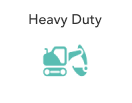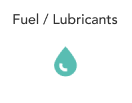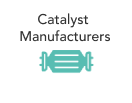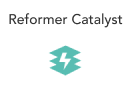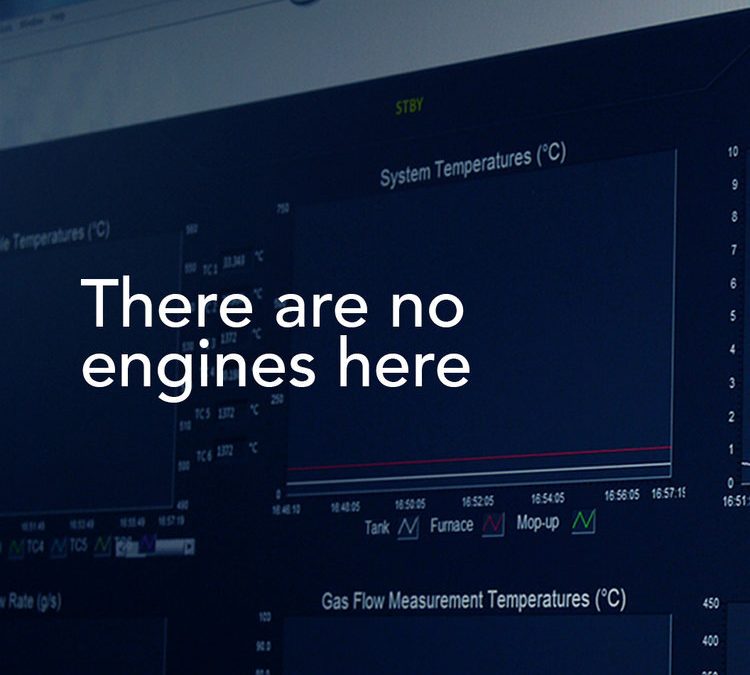WHAT IS THE NEED FOR CATALYST AGEING?
The traditional methods use in some form, liquid fuel. This in itself is undesirable as the combustion of liquid fuel to generate the thermal energy required for catalyst deactivation is inefficient. Maybe achieving 35% efficiency at best. Of course, cutting edge internal combustion engines are pushing the levels of efficiency up, but only marginally, and more importantly these engines would never be used to simply ‘Age’ catalysts. From a techno-economic perspective the traditional approach demands the following from an engine that would be used to age catalysts;
1. A low cost to number of aged catalysts generated ratio
2. Reliability
3. Readily available parts for maintenance
4. Ability to generate high flows and repeatable temperature points for ageing conditions.
Point 1 and 4 above immediately rule out the modern downsized engines (approximately 1.5 litres displacement or less) and especially those engines where exhaust flow is utilised for turbo or supercharging. For points 2 and 3, reliability and availability of parts for maintenance is pretty much a given for modern engines but when you think about the criteria of the ageing cycles – 100 hours of continuous running, transitioning through 4 modes of operation, it’s a big ask to perform day in day out for extended periods of time even with regular maintenance intervals. Engines simply were not designed from the ground up for this task. They have been adapted.
It’s no surprise that engines typically fail and need replacement on a frequent basis, maybe 2-3 times a year in an operation running 48 weeks of the year.
HOW DO CATAGEN DIFFER FROM THE TRADITIONAL APPROACH?
Our goal is to shift the equilibrium point of aftertreatment development, making a more realistic outcome less complex and costly. We believe embracing new technology can provide momentum for that shift to take place.
Catalyst ageing and testing without an engine is no new concept. For example, burner technology is used by other providers. However, there are few, if any, other technologies that exist to our knowledge, that allow thermal ageing without combustion of liquid fuel.
So just a quick reminder of the 3 main causes of catalyst deactivation:
1. Thermal
2. Poisoning
3. Mechanical
Mechanical is actually more often than not linked to thermal because a lot of the mechanical deactivation is related to the loss of washcoat – an irreversible process.
In terms of poisoning, modern engines and lubricants have very high tolerances in terms of operating specification, so we can demonstrate quickly that 90% of catalyst deactivation is due to thermal ageing.
DOES IT NOT MAKE SENSE THAT WE SHOULD TARGET THE HIGHEST LEVEL OF THERMAL CONTROL, ESPECIALLY WHEN CARRYING OUT ACCELERATED AGEING?
CATAGEN use a patented technology – a synthetic gas recirculating reactor. In layman’s terms this is an Olympic standard engine test cell designed from the ground up for full scale catalyst ageing and development testing.
At the core, our source of thermal energy comes from an infra-red furnace designed to have a large thermal inertia. With our design, we can maintain temperatures and flows in the reactor that make the legislation’s +/- 10degrees temperature control criteria seem prehistoric.
Bottled gas is utilised for our gasoline or diesel feed gas mixes – making use of high-speed mass flow controllers at different points in the system. Bespoke dispersion plates create a proven homogeneous gas mix at the inlet of the catalyst. This technology gives us the ability to alter the ageing strategy during the ageing process, this is simply not available with other methodologies.
There is also the benefit of decarbonisation, we can remove anywhere from 3000kg to 8000kg of CO2 emissions from a single 100 hour ageing run dependent on the type of engine our approach replaces.
SO, WHAT EXACTLY DOES IT MEAN FOR THE FUTURE OF CATALYST AGEING AND DEVELOPMENT?
Repeatability of ageing means confidence. Confidence to make decisions earlier in vehicle development process that will super charge efficiency.
Reproducibility of ageing means trust. Trust that the same quality of test data can be generated over and over again in the same test conditions.
Cost certainty of ageing means risk minimisation. Of those 300 plus vehicle emission tests that are typically required, what would it mean, knowing that the aftertreatment hardware is no longer the suspect for failed tests or investigative measures?
A cleaner ageing process means 90% less CO2 emissions released into the atmosphere every time a catalyst is aged to its durability limit, not to mention the saving of thousands of litres of fossil fuel that would usually have to be combusted.
A real contribution to a clean air future.


